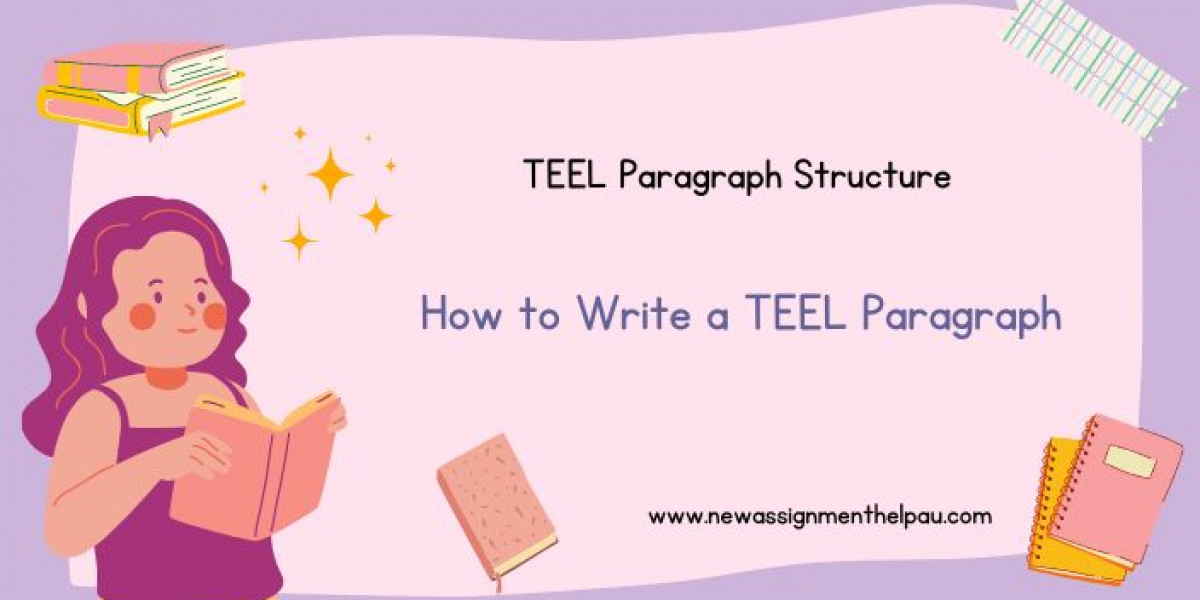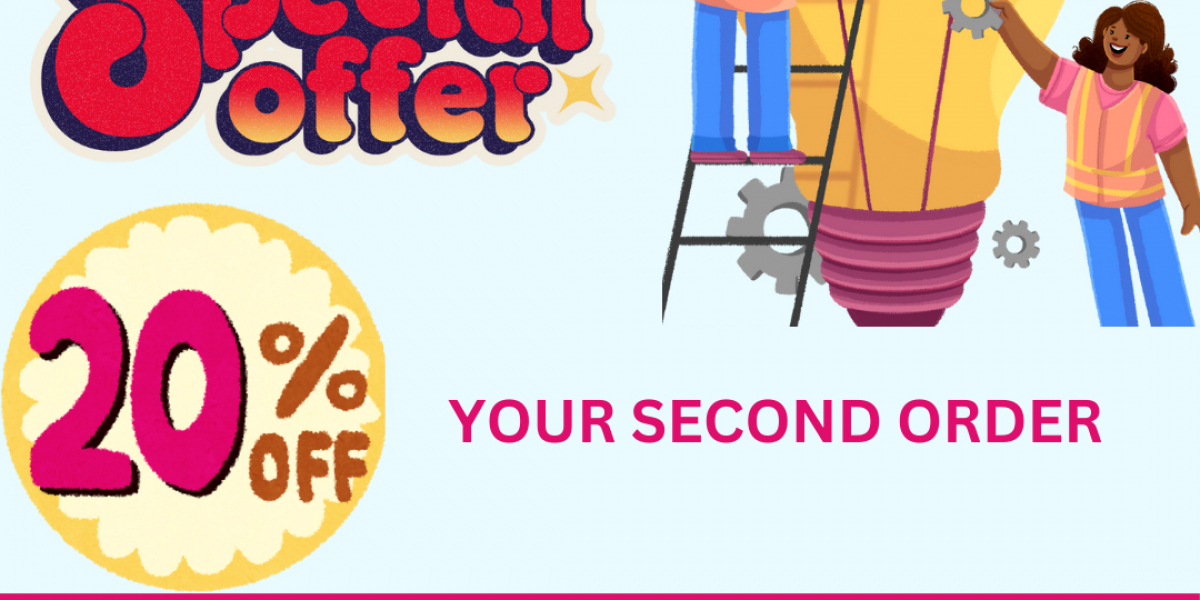Introduction
In the realm of effective communication, the TEEL paragraph structure stands as a stalwart pillar. It’s a methodology embraced by writers, educators, and communicators alike, providing a framework for clear, cohesive, and compelling writing. Understanding the nuances of TEEL—Topic sentence, Explanation, Evidence, and Link—can elevate one's writing prowess to new heights.
What is TEEL?
TEEL, an acronym for Topic sentence, Explanation, Evidence, and Link, is a structured approach to crafting paragraphs. Each element plays a vital role in ensuring clarity and coherence within written discourse.
Breaking Down TEEL
Topic Sentence
At the outset of a paragraph, the topic sentence sets the stage, outlining the central idea or argument to be discussed. It serves as a guiding beacon, directing the reader's attention to the paragraph's primary focus.
Explanation
Following the topic sentence, the explanation delves deeper into the subject matter, providing context, clarification, and elaboration. This section elucidates key concepts, theories, or arguments relevant to the topic at hand.
Evidence
No paragraph is complete without supporting evidence. Whether through empirical data, scholarly research, or anecdotal accounts, evidence lends credibility and substance to the writer's assertions.
Link
The final component of the TEEL structure, the link, serves as a bridge to connect the paragraph's ideas cohesively. It reinforces the relationship between the preceding content and the overarching theme, guiding the reader seamlessly from one paragraph to the next.
Advantages of TEEL Paragraph Structure
Embracing the TEEL paragraph structure offers a multitude of benefits, both for writers and readers alike.
Enhanced Clarity
By adhering to the TEEL framework, writers can convey their ideas with precision and clarity. The structured format ensures that each paragraph maintains a clear focus, minimizing confusion and ambiguity.
Improved Coherence
TEEL promotes coherence by establishing logical connections between ideas. Through the deliberate arrangement of topic sentences, explanations, evidence, and links, writers can create a seamless flow of information that resonates with readers.
Effective Communication
At its core, TEEL facilitates effective communication by providing a systematic approach to organizing thoughts and arguments. Whether conveying complex theories or simple concepts, adhering to the TEEL structure empowers writers to communicate with clarity and conviction.
FAQs (Frequently Asked Questions)
How can I incorporate TEEL into my writing effectively?
Effective incorporation of TEEL involves practicing its principles consistently. Begin by crafting clear and concise topic sentences, followed by thorough explanations supported by relevant evidence. Finally, ensure seamless transitions between paragraphs with cohesive linking statements.
Is TEEL applicable to all forms of writing?
While primarily associated with academic writing, TEEL can be applied to various forms of written communication, including essays, reports, articles, and even creative works. Its universal appeal lies in its ability to enhance clarity and coherence across diverse genres.
Can I deviate from the TEEL structure if needed?
While TEEL provides a robust framework for organizing paragraphs, writers should feel empowered to adapt it according to the specific requirements of their writing task. Flexibility is key, allowing for creative expression while maintaining the fundamental principles of clarity and coherence.
Conclusion
In conclusion, the TEEL paragraph structure stands as a testament to the power of organized thought and effective communication. By adhering to its principles—Topic sentence, Explanation, Evidence, and Link—writers can navigate the complexities of written discourse with confidence and clarity.








